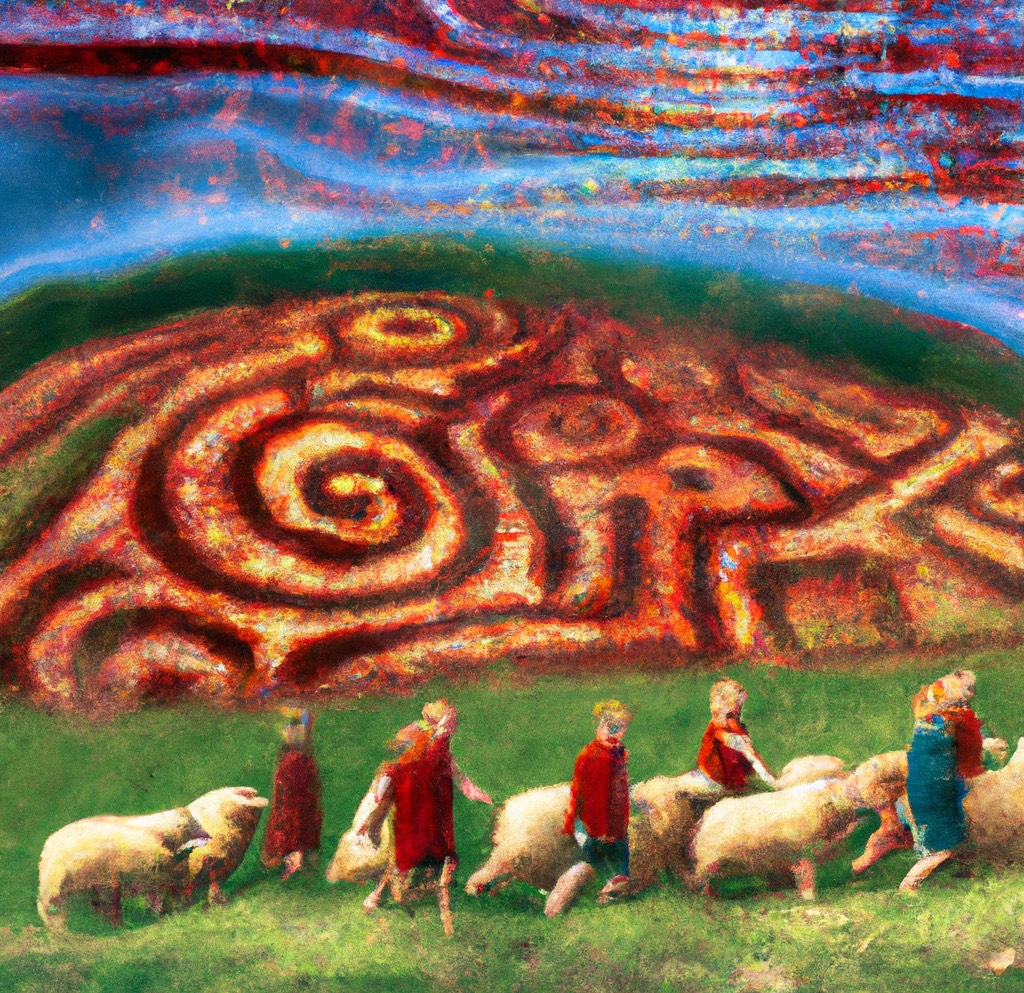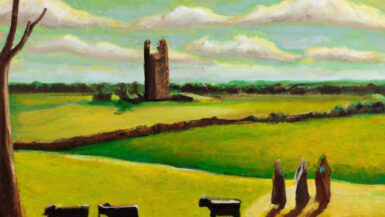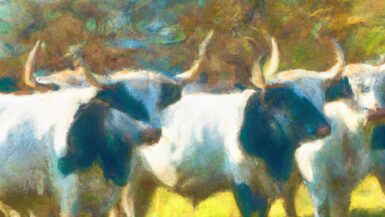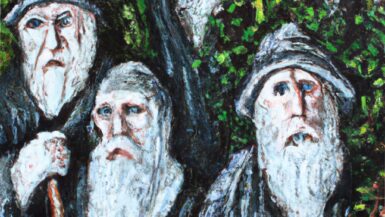The Celts, a group of tribal societies, left a resounding imprint on Ireland’s cultural landscape. With their arrival, they introduced unique artistry, language, and societal frameworks. Tracing their origins and delving into their societal makeup offers a deep understanding of their influence on Ireland.
The Arrival: When Did the Celts Come to Ireland?
Determining the exact timeline of the Celtic migration to Ireland is challenging, but certain clues help piece the story together.
- From Central Europe to Ireland: Originally from Central Europe, the Celts gradually migrated westward. Their eventual arrival in Ireland likely spanned over several centuries.
- Archaeological Evidence: Hallstatt and La Tène, two primary Celtic archaeological cultures, offer vital clues. While the earlier Hallstatt influence in Ireland is debated, La Tène artifacts distinctly echo Celtic design.
Language and Literature: The Gift of the Gaelic Tongue
Language is among the most enduring legacies the Celts left in Ireland.
- Early Irish: The Celts brought with them an early form of Irish, setting the linguistic foundation for modern Irish (Gaeilge).
- Ogham Inscriptions: The earliest form of written Irish is found in Ogham, an ancient script seen on stone pillars. These inscriptions, mostly names or territorial markers, provide glimpses into the Celtic linguistic realm.
- Rich Oral Tradition: Ireland’s famed sagas, myths, and legends, while transcribed in later periods, have their roots in Celtic oral storytelling traditions.
Art and Craftsmanship: Celtic Aesthetics
The Celts in Ireland ushered in a unique artistic style that still captivates today.
- La Tène Art: Characterized by intricate spirals, interlacing patterns, and stylized animals, La Tène art is synonymous with Celtic design.
- Metalwork and Jewelry: The Celts showcased exceptional skill in crafting metal. Items like the Tara Brooch and the Ardagh Chalice exhibit unparalleled craftsmanship.
- Stonework: High crosses, such as the Muiredach’s Cross at Monasterboice, combine Christian motifs with traditional Celtic designs, showcasing the synthesis of cultures.
Society and Hierarchy: Chieftains, Warriors, and Druids
Celtic society in Ireland was layered and diverse, with clear roles and hierarchies.
- Chieftains: At the societal apex stood chieftains or kings. They commanded territories, were involved in trade decisions, and led in times of war.
- Warrior Elite: Celtic warriors, often seen in heroic tales, were more than myth. They protected territories, upheld the chieftain’s rule, and engaged in tribal skirmishes.
- Druids: Druids, the spiritual and intellectual elite, played multifaceted roles. As priests, judges, and advisors, their influence permeated Celtic society.
Religion and Spirituality: Nature, Gods, and Rituals
The Celtic spiritual world was intertwined with nature, deities, and elaborate ceremonies.
- Pantheon of Deities: The Celts venerated a plethora of gods and goddesses, each overseeing specific realms, from harvest to war.
- Nature Worship: Sacred groves, springs, and mountains held religious significance. Nature wasn’t just a resource but a divine entity.
- Festivals: Key festivals, such as Samhain (modern-day Halloween), Imbolc, Beltane, and Lughnasadh, marked seasonal transitions and were central to Celtic religious practices.
The Celts and the Wider World: Trade and Connectivity
Contrary to perceptions of isolation, the Celts in Ireland were part of expansive trade networks.
- Trade Goods: Ireland, abundant in resources like tin, gold, and hides, exported these items and, in return, imported luxury goods, including wine and fine pottery.
- Maritime Skills: The Celts were adept sailors, facilitating trade and exploration. Their curraghs (wooden boats covered in hide) were mainstays in these maritime endeavors.
Legacy and Influence: How Modern Ireland Echoes its Celtic Past
The Celtic imprint on Ireland resonates even today.
- Language Revival: Modern efforts to rejuvenate the Irish language stem from its Celtic roots. Schools and regions promoting Gaeilge highlight this enduring legacy.
- Cultural Symbols: The Celtic knot, the shamrock, and even the harp have origins or associations with the Celtic era and are now emblematic of Irish identity.
- Music and Dance: Traditional Irish music and dance, celebrated globally, have underpinnings in the rhythms and melodies of the Celts.
Unraveling the history of the Celts in Ireland is akin to journeying through a mosaic of vibrant traditions, potent beliefs,






I am trying to find out about Aphrodite of Beltane?